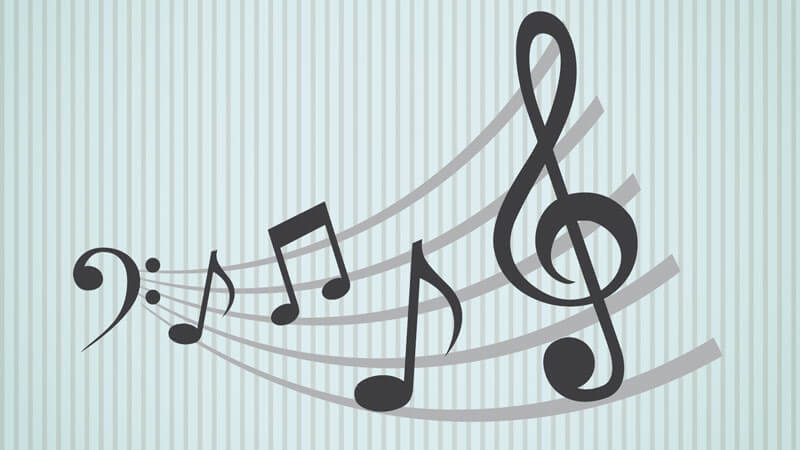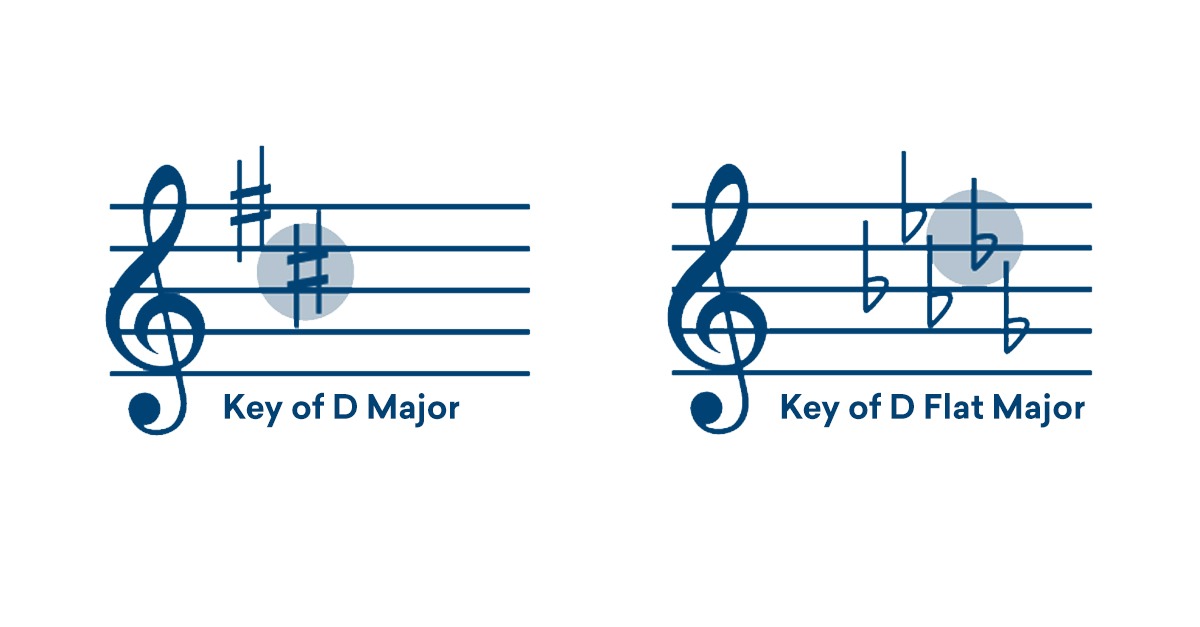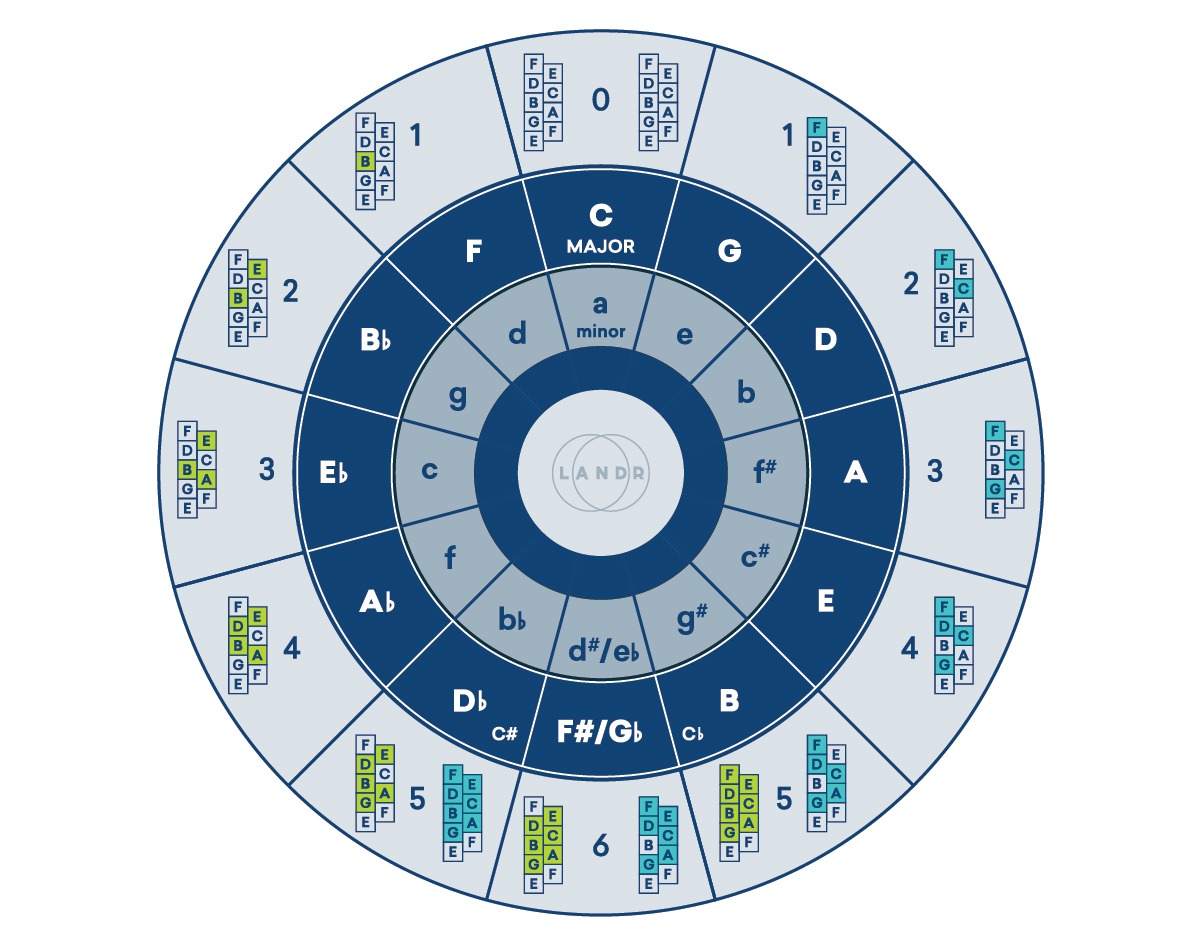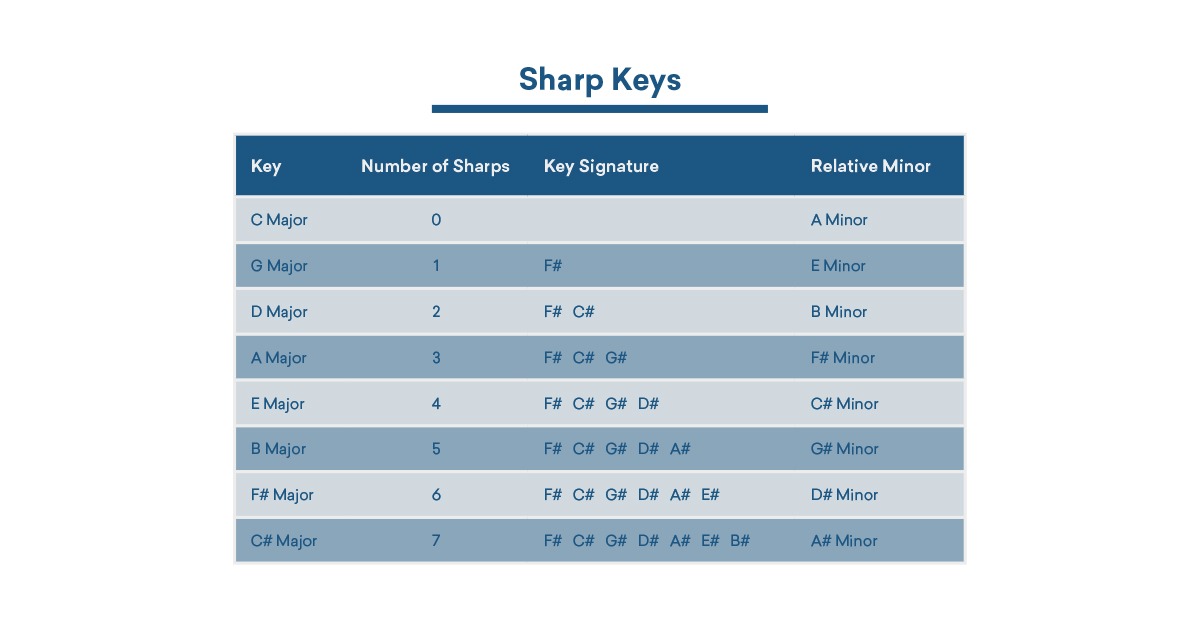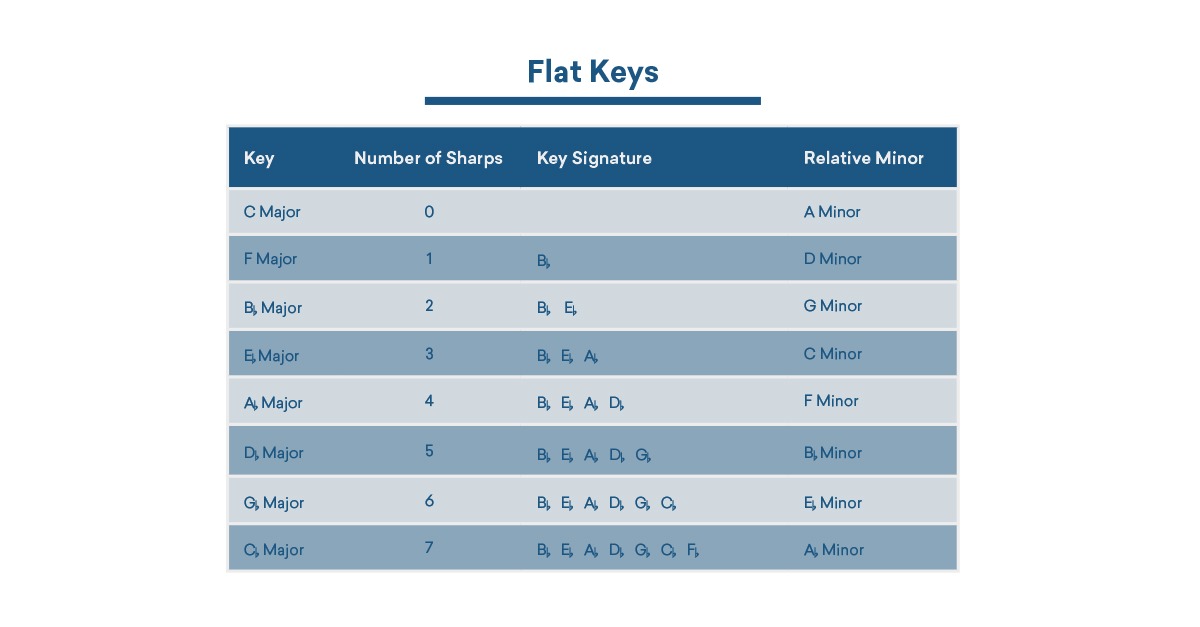The key signatures are your roadmap to the harmonic and melodic context of a piece of music.
You should know key signatures to play along with other musicians or record on top of tracks in your DAW session.
However, remembering your key signatures is difficult when you don’t know how. And seeing them written could be confusing if you aren’t used to it.
Even so, understanding your key signatures isn’t too tough when you know how they work.
In this article, We will clarify key signatures and show the simplest method to identify them in a piece and remember them on your instrument.
What’s a key signature?
A key signature is the collection of sharps and flats that decides the key of a chunk of music. The important thing is the group of pitches that makes up the primary main or minor scale that shall be used within the composition. The key signature seems at the beginning of a line of music to indicate which notes have to be altered from their original state to fit the key.
How to identify the key signature
To situate yourself on your instrument if you play music from a score, you must identify its key.
Fortunately, figuring out the key signature of a written piece of music is simple. All you must do is analyze the pattern of sharps and flats in a particular method.
Here’s how to find the key to any piece of written music:
- For keys with sharps—the final sharp in the key signature is the leading tone or seventh scale degree of the key. Count up one semitone to get to the tonic.
- For keys with flats—the second to last flat is the root of the key. Easy as that!
When you have been following closely, you might have realized an issue. How could you tell if the key is major and not the relative minor that shares the same key signature?
Getting this right is barely more complicated. It involves doing a bit harmonic analysis to be 100% sure.
However, here is a giant hint: songs typically start and finish on tonic harmony. For the majority of songs, the first note in the lowest voice is the root of the key.
In a major key, you could use the trick of counting from the last sharp or second to last flat. However, when you find that the first note is not what you expect, you might be a minor key.
Right here’s how to confirm the key:
- Listen to the track if possible. If the harmony rests and feels most stable on minor harmony, it’s probably in minor!
- Look for harmony that moves from dominant to tonic at the end of a phrase. A powerful cadence is a sure sign that confirms the key.
Circle of fifths: the order of sharps and flats
Music accidentals are written in a particular order in a key signature.
That order will be familiar to anybody who knows the circle of fifths. However, don’t worry when you don’t.
There are two useful mnemonics for remembering the order of sharps and flats:
- For keys with sharps, the rhyme goes: Father Charles Goes Down And Ends Battle
- For keys with flats, the rhyme goes: Battle Ends And Down Goes Charles Father
You could remember this by saying the rhyme in your head as you write the key signature at the start of the line.
If your intervals well you could also just count up by fifths for sharp keys and down by fourths for flat keys.
How to remember any key signature
However, what if you are just improvising music on your instrument to find an idea?
When you are trying to remember the notes that should be altered to fit the key, you could use the circle of fifths to find the key signature.
Right here’s the trick:
Keep in mind that the circle of fifths begins with C major, which contains no sharps or flats.
From there, each step you take on the circle of fifths by following the order in the rhyme adds another sharp to the key signature.
You then simply add that number of sharps to the key signature following the pattern.
Right here’s a chart to simplify the sharp keys for you:
For flat keys, the pattern follows the order of flats rhyme beginning again from C major. Right here’s the chart:
Enharmonic keys
You might have noticed that some spellings of some keys are absent on this chart. What if you are trying to play in G# major!?
The reason is that some keys could be represented more simply by utilizing their enharmonic equivalents.
Enharmonic tones are notes that could be written utilizing two different spellings.
When you lower an A note by one semitone it becomes Ab. And when you raise a G note by one semitone it becomes G#.
These are two different ways to represent the same pitch class.
So if G# and Ab are the same, why is Ab better?
When you write an attempt to write the key signature of G# so that it follows the tone-semitone pattern of the major scale, something curious occurs.
To preserve the semitone interval between the leading tone and the tonic you would have to use…F double sharp.
Of course, raising F by two semitones is enharmonically equivalent to G. That’s why it’s much easier to think of this key as Ab major!
Get it in key
Understanding key signatures is a vital skill to grow as a musician.
If where you’re at all times on your instrument you will be capable to play and write freely—that’s a big benefit for creativity.
Use the tips and tricks in this guide to never forget key signatures again.

